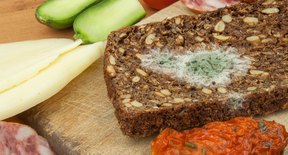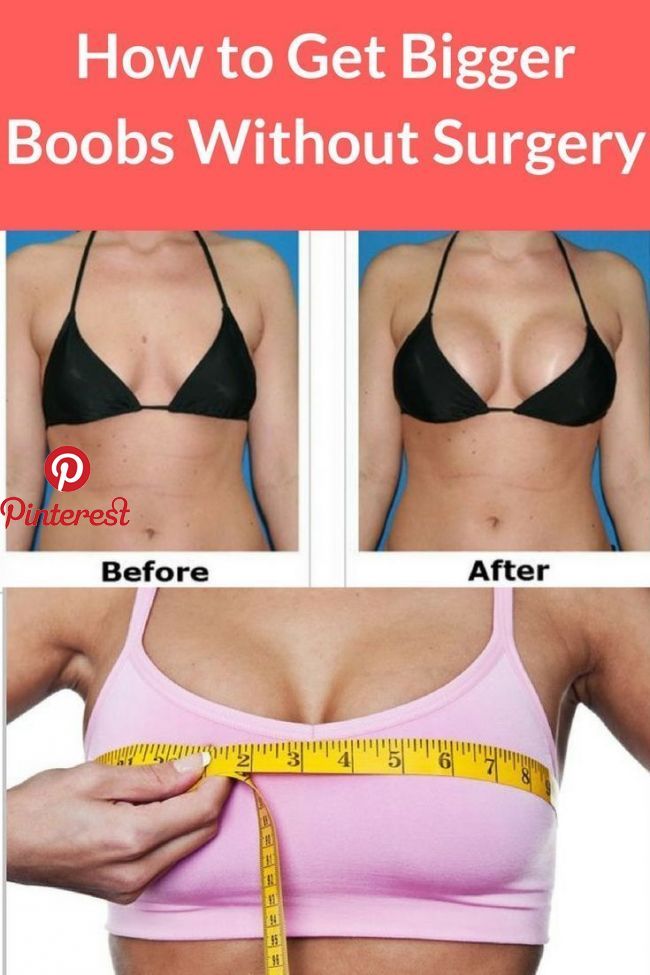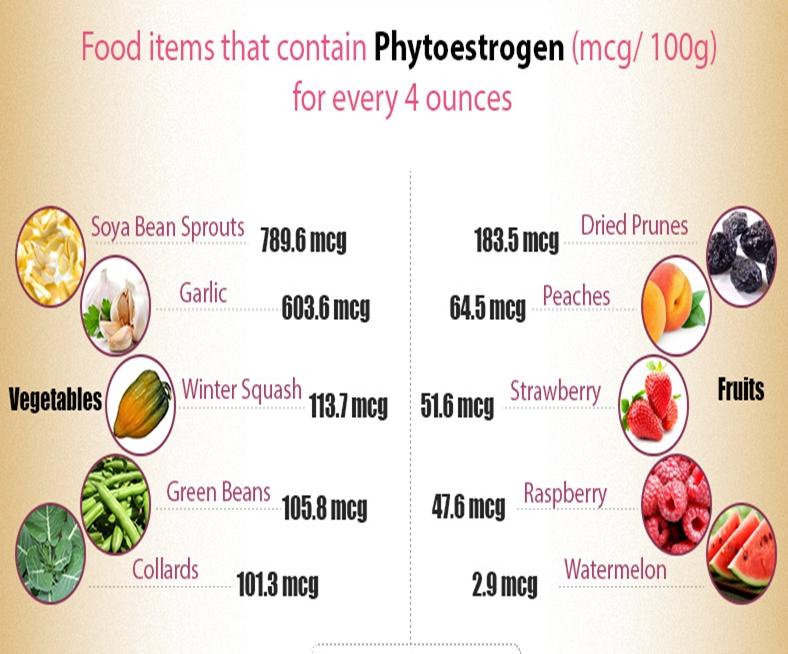Mold growth is often associated with warm and humid environments, making it seem unlikely to thrive in frozen conditions. However, the presence of mold on frozen food is indeed possible under certain circumstances:

Temperature Fluctuations: Frozen food is not immune to temperature fluctuations, especially during transportation, storage, or power outages. If the temperature rises above freezing point for an extended period, it can create a conducive environment for mold growth.

Improper Packaging: Compromised packaging, such as torn or damaged bags or containers, can allow moisture and air to reach the food, creating a hospitable environment for mold development.

Cross-Contamination: Frozen food can become contaminated with mold spores from other sources, such as surfaces, equipment, or even other food items during handling and storage.
High Moisture Content: Foods with high moisture levels, such as fruits, vegetables, and meats, are more susceptible to mold growth even when frozen. The presence of excess moisture can facilitate the germination and growth of mold spores.
How to Prevent Mold Growth on Frozen Food:
Maintain Proper Freezing Temperatures: Keep your freezer at a consistently low temperature, ideally below 0 degrees Fahrenheit (-18 degrees Celsius). This inhibits the growth and multiplication of mold spores.
Use Airtight Containers: Store frozen food in airtight containers or resealable bags to prevent exposure to air and moisture. This helps maintain the frozen state and minimizes the risk of mold contamination.
Avoid Overcrowding: Overcrowding in the freezer can impede proper air circulation and create pockets of warm air, increasing the likelihood of mold growth. Ensure adequate space between food items to allow for proper freezing and prevent temperature fluctuations.
Practice Good Hygiene: Always wash your hands and surfaces thoroughly before handling frozen food. Avoid cross-contamination by using separate utensils and containers for raw and cooked foods.
Rotate and Inspect Regularly: Regularly inspect your frozen food for signs of mold growth. Rotate food items to ensure older items are used first, preventing them from lingering in the freezer for an extended period.
If you discover mold on frozen food, it is best to discard it immediately. While some molds may be harmless, others can produce toxins that pose health risks. It is always better to err on the side of caution and avoid consuming moldy food.










